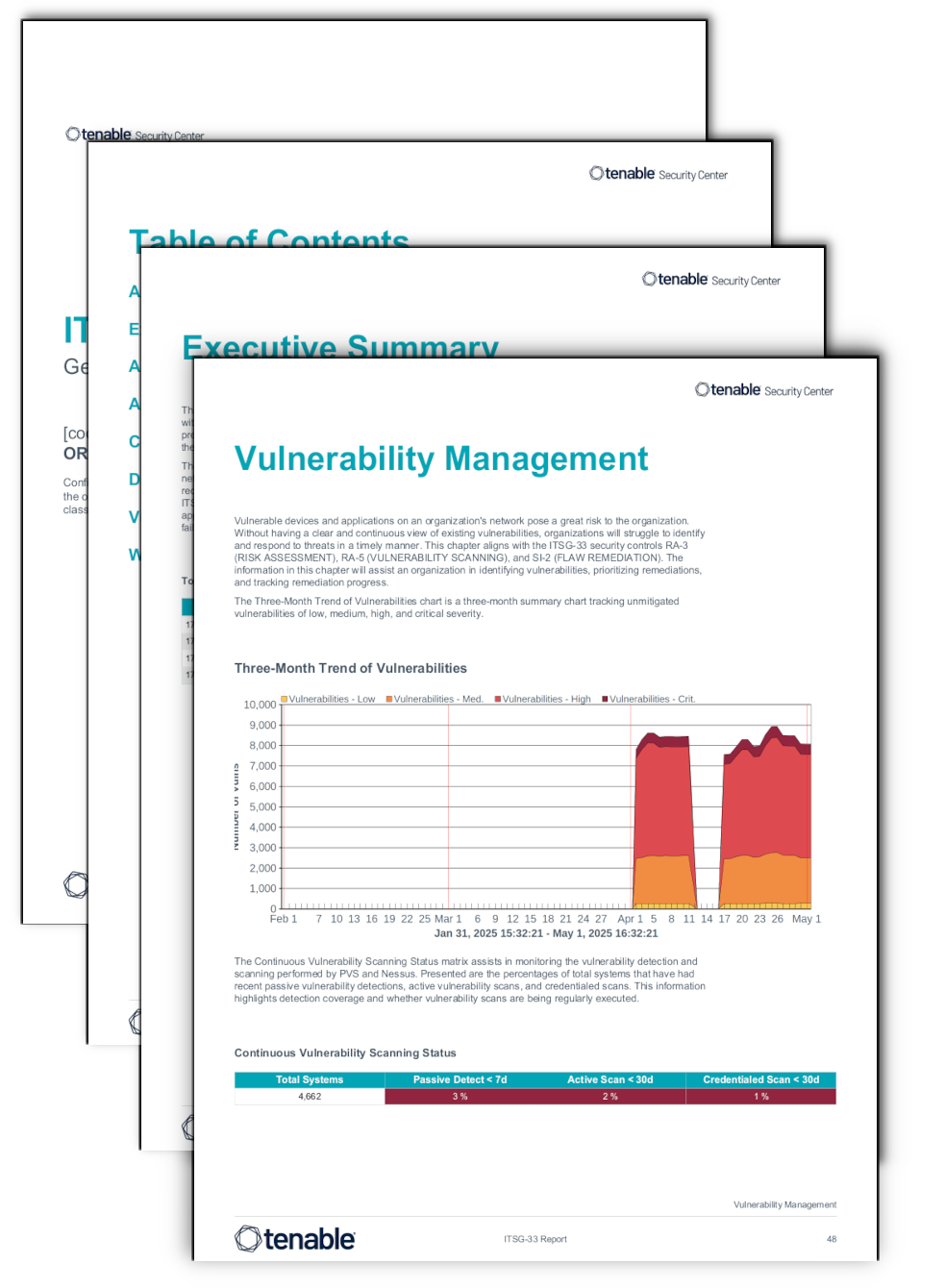by Cody Dumont
December 20, 2016

Safeguarding a network in today's dynamic threat environment is a formidable task. Mobile devices and an increasing dependence on the internet make maintaining control of network systems and data a nearly impossible job. The continual discovery of product vulnerabilities and the advent of malware toolkits ensure that networks are continuously bombarded by increasingly sophisticated attacks. Poor asset management, weak configurations, inadequate user access controls, and insufficient network monitoring increase the risk that critical systems and sensitive data will be compromised.
The Communications Security Establishment Canada (CSEC) developed a series of guidelines for security practitioners in managing information technology (IT) security risks for Government of Canada (GC) information systems. The Information Technology Security Guidance Publication 33 (ITSG-33), IT Security Risk Management: A Lifecycle Approach, provides a comprehensive set of security controls that can be used to support a wide variety of business requirements. To support interoperability needs, the ITSG-33 guide is consistent with controls published in the U.S. National Institute of Standards and Technology (NIST) Special Publication 800-53.
This report aligns with ITSG-33 security controls in the following families:
- AC (ACCESS CONTROL)
- AU (AUDIT AND ACCOUNTABILITY)
- CA (SECURITY ASSESSMENT AND AUTHORIZATION)
- CM (CONFIGURATION MANAGEMENT)
- IA (IDENTIFICATION AND AUTHENTICATION)
- MP (MEDIA PROTECTION)
- RA (RISK ASSESSMENT)
- SC (SYSTEM AND COMMUNICATION PROTECTION)
- SI (SYSTEM AND INFORMATION INTEGRITY)
Using this report, organizations can better monitor inventory, manage vulnerabilities, and assess configuration compliance, both overall and in specific areas. Because of the increasingly mobile workforce, data on mobile devices and removable media is presented, as well as wireless and remote access activity and concerns. User information, such as users in administrative groups or performing administrative actions, can assist in understanding and controlling user access. Information on suspicious activity, such as hosts communicating with known bad IP addresses and hosts infected with malware, assists in identifying potential network compromises. An organization can use the information presented in this report to better secure and monitor the network. These improvements will enable better defenses against attacks and responses to malicious activity, and ultimately safeguard critical assets and sensitive data.
This report is available in the Security Center Feed, a comprehensive collection of dashboards, reports, Assurance Report Cards, and assets. The report can be easily located in the Security Center Feed under the category Compliance & Configuration Assessment.
The report requirements are:
- Security Center 5.4.1
- Nessus 8.5.1
- NNM 5.9.0
- LCE 6.0.0
- Compliance data
Tenable's Security Center is the market-defining continuous network monitoring solution, and can assist an organization in knowing, managing, and securing the network. Active scanning periodically examines devices to determine vulnerabilities and compliance concerns. Agent scanning enables detection and scanning of transient devices. Passive listening collects data to continuously detect devices and monitor network connections and activity. Host data and data from other security investments is collected and analyzed to monitor activity, identify new assets, and detect anomalies and malicious behavior. Security Center provides an organization with the most comprehensive view of the network, and the intelligence needed to safeguard critical assets and sensitive data.
The following chapters are included in this report:
- Executive Summary: This chapter gives a brief overview of the compliance, vulnerability, and malware detection information presented in the rest of the report.
- Audit and Monitoring: The information in this chapter will assist the organization in monitoring malicious activity, tracking vulnerabilities, and strengthening existing policies. This chapter aligns with ITSG-33 security controls CA-7 (CONTINUOUS MONITORING), SI-4 (INFORMATION SYSTEM MONITORING), and controls in the AU Family (AUDIT AND ACCOUNTABILITY).
- Authentication and Access Control: The information in this chapter will assist the organization in securing and monitoring information system access, and enforcing strong authentication. This chapter aligns with ITSG-33 security controls in the AC Family (ACCESS CONTROL), including AC-2 (ACCOUNT MANAGEMENT) and AC-6 (LEAST PRIVILEGE), and controls in the IA Family (IDENTIFICATION AND AUTHENTICATION).
- Configuration Management: The information in this chapter will assist the organization in maintaining inventories, hardening systems, and verifying that security policies are being enforced. This chapter aligns with ITSG-33 security controls in the CM Family (CONFIGURATION MANAGEMENT), particularly emphasizing CM-3 (CONFIGURATION CHANGE CONTROL), CM-7 (LEAST FUNCTIONALITY), and CM-8 (INFORMATION SYSTEM COMPONENT INVENTORY).
- Data Protection: The information in this chapter will assist an organization in discovering systems with sensitive data, identifying data protection vulnerabilities and compliance concerns, and monitoring for data leakage. This chapter aligns with the ITSG-33 security controls SC-7 (BOUNDARY PROTECTION), SC-8 (TRANSMISSION CONFIDENTIALITY AND INTEGRITY), SC-13 (CRYPTOGRAPHIC PROTECTION), SC-28 (PROTECTION OF INFORMATION AT REST), and controls in the MP Family (MEDIA PROTECTION).
- Vulnerability Management: The information in this chapter will assist an organization in identifying vulnerabilities, prioritizing remediations, and tracking remediation progress. This chapter aligns with the ITSG-33 security controls RA-3 (RISK ASSESSMENT), RA-5 (VULNERABILITY SCANNING), and SI-2 (FLAW REMEDIATION).
- Workforce Mobility: The information in this chapter will assist an organization in managing mobile devices, tracking portable device usage, and monitoring usage of cloud-based services. This chapter aligns with the ITSG-33 security controls AC-17 (REMOTE ACCESS), AC-18 (WIRELESS ACCESS), AC-19 (ACCESS CONTROL FOR MOBILE DEVICES), and AC-20 (USE OF EXTERNAL INFORMATION SYSTEMS).